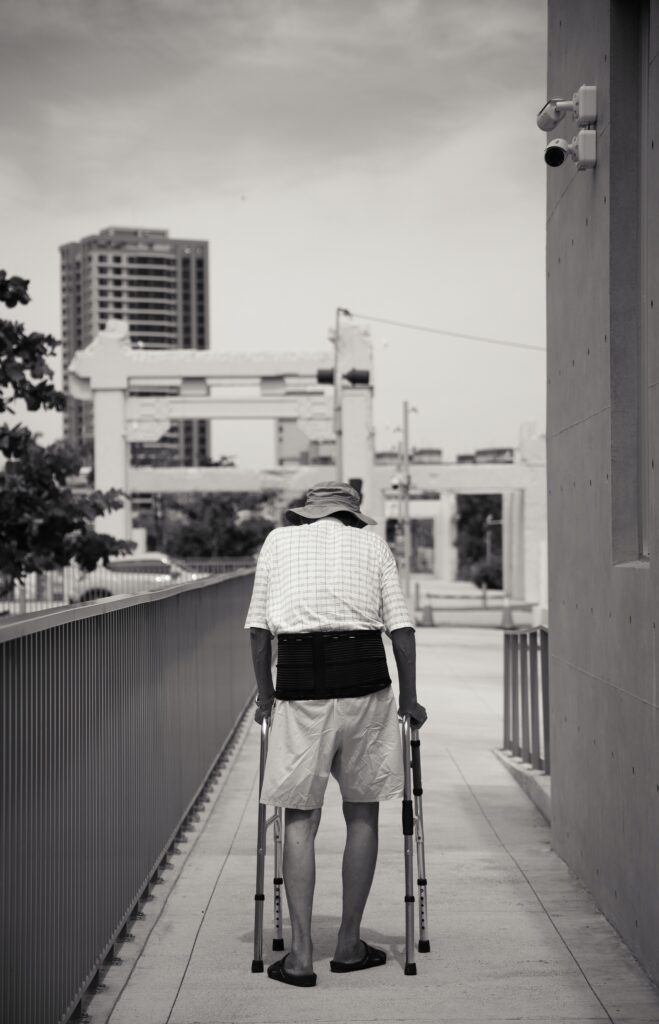Osteoarthritis of the knee is a common condition that affects the joint’s cartilage, causing pain, stiffness, and limited mobility. Physical therapy is an effective treatment option for knee osteoarthritis, as it can help to manage symptoms and improve function.
The most common cause of knee osteoarthritis is the natural wear and tear of the joint over time. Other risk factors include being overweight, having a family history of osteoarthritis, and having a previous injury to the knee.
Physical therapy for knee osteoarthritis typically includes a combination of exercises and manual therapy. Treatment may include:
- Stretching exercises: Physical therapists may teach patients exercises to stretch the muscles and tendons surrounding the knee to improve range of motion and reduce pain.
- Strengthening exercises: Physical therapists may teach patients exercises to strengthen the muscles surrounding the knee to improve stability and support the joint.
- Manual therapy: Physical therapists may use techniques such as massage, mobilization, and manipulation to improve mobility in the knee and reduce pain.
- Education on proper body mechanics: Physical therapists may teach patients how to use their knee correctly and safely to prevent future problems.
Physical therapy is not the only treatment option for knee osteoarthritis, it should be combined with other options such as medication, bracing, or surgery. It’s also important to consult with a doctor or a therapist before starting any physical therapy program.
In addition to treatment, physical therapists can also teach patients ways to prevent future knee osteoarthritis problems. This may include:
- Losing weight: Being overweight puts extra stress on the knee, so losing weight can help to reduce the risk of osteoarthritis.
- Exercise: Regular exercise can help to improve the strength and flexibility of the muscles surrounding the knee and reduce the risk of osteoarthritis.
- Ergonomics: Making changes to the work environment, such as adjusting the height of a chair or using an ergonomic keyboard, can help to reduce the risk of knee osteoarthritis.
In conclusion, knee osteoarthritis is a common condition that affects the joint’s cartilage, causing pain, stiffness, and limited mobility. Physical therapy is an effective treatment option for knee osteoarthritis, as it can help to manage symptoms and improve function. Treatment may include stretching and strengthening exercises, manual therapy, and education on proper body mechanics. It’s important to work with a physical therapist to develop a personalized treatment plan that addresses your specific needs and goals, and also to combine it with other treatment options. It’s also important to learn how to prevent future knee osteoarthritis problems and to make lifestyle changes that support the healing process.


